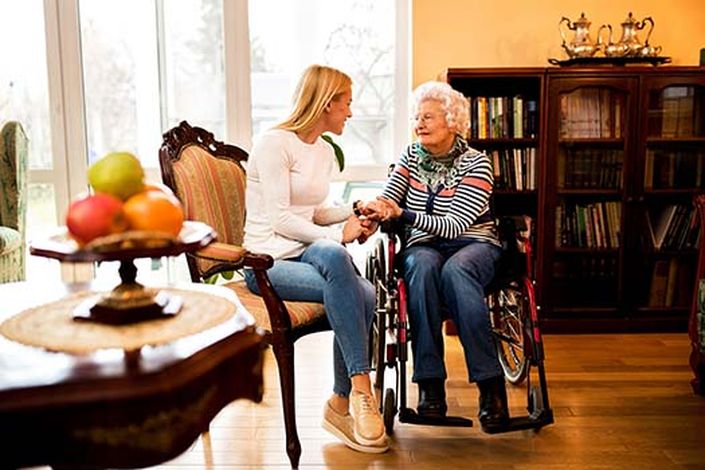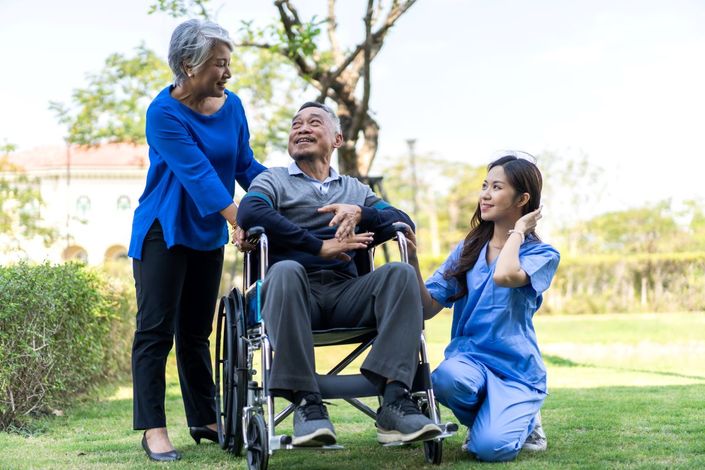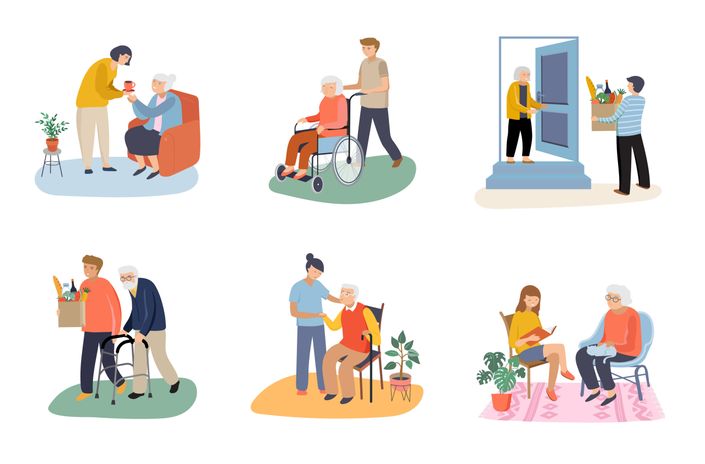
Objectives
- Learn to identify various forms of elder abuse and their indicators.
- Gain knowledge of the legal obligations and procedures for reporting elder abuse.
- Develop the skills needed to document and report suspected abuse accurately and effectively.
- Implement strategies to protect residents and prevent elder abuse.
Learning Methods:
Interactive Workshops: Participate in workshops focused on recognizing signs of abuse and practicing reporting protocols.
One-on-One Coaching: Receive personalized guidance on specific elder abuse scenarios and reporting strategies.
Group Discussions: Engage in discussions to share experiences and strategies for preventing and reporting elder abuse.
Case Studies: Analyze real-world examples to understand effective identification and reporting practices.

Recognizing Signs of Elder Abuse
Physical indicators: bruises, fractures, malnutrition; Behavioral indicators: anxiety, withdrawal, fear of certain individuals; Financial abuse indicators: sudden changes in financial status, unexplained withdrawals

Ensuring Resident Safety and Preventing Abuse
Strategies to create a safe and supportive environment; Implementing policies and procedures to prevent abuse.

Documentation and Evidence Collection
Proper documentation of observations and incidents; Collecting and preserving evidence of suspected abuse; Confidentiality and privacy considerations
Identifying and Reporting Elder Abuse
Curriculum
- 2.1 Physical and Behavioral Signs: Identification of physical injuries and behavioral changes in victims.
- 2.2 Case Studies: Review of anonymized real-life scenarios to improve recognition skills.
- 2.3 Activity: Interactive, scenario-based learning module where HHAs choose the best course of action based on presented symptoms.
- 3.1 Creating a Safe Environment: Strategies to foster a secure and supportive living situation for the elderly.
- 3.2 Effective Communication: Enhancing skills to communicate effectively with elderly clients and their families.
- 3.3 Activity: Role-playing exercises focusing on communication and intervention strategies.
- 5.1 Steps to Report Abuse: Detailed, step-by-step process for reporting elder abuse, tailored to local state laws.
- 5.2 Documentation and Evidence: Best practices for documenting incidents effectively and ethically.
- 5.3 Activity: Mock reporting exercise, filling out a report form based on a hypothetical case study.
Intended Audience
This course is ideal for healthcare professionals, caregivers, support staff, and anyone involved in the direct care of elderly residents in group homes, residential care facilities, adult homes, and adult care facilities. It is also beneficial for new staff members and those seeking to enhance their skills in safeguarding residents against abuse.

Provider Agencies Also Like This
Explore additional training opportunities that other provider agencies have found valuable. This section features a curated selection of courses and resources designed to enhance your knowledge and operational effectiveness in the home care industry.




